Whether you use a gaming PC with a powerful CPU inside or do most of your gaming on a PC gaming handheld, you’ve heard that if your BIOS is working, leave it alone. For the longest time, that was sage advice because BIOS updates ran the risk of bricking the computer, but it’s less of a concern with how UEFI BIOS are constructed, and truly bricked devices are rare.
Nowadays, if you don’t keep your BIOS up to date, you risk missing out on new features. Manufacturers update BIOS to fix bugs, patch security issues, and improve the performance of your hardware. New platforms like Intel’s Arrow Lake and AMD’s Ryzen 9000 series often have multiple BIOS updates for their motherboards shortly after launch to iron out issues that may crop up, and new laptops and PC gaming handhelds also have updates to their firmware for similar reasons.
Related
How to update BIOS: A step-by-step guide to get your motherboard on the latest BIOS
Risky, but not very difficult
6
New features
Motherboard and device manufacturers often add new features via BIOS updates
One main reason to keep your BIOS updated is for new features, which the manufacturer adds regularly. Not that long ago, Resizable BAR and Over 4G Decoding weren’t standard motherboard features; they had to be added to suitable motherboards with BIOS updates. This handy feature lets the CPU access the entire GPU’s VRAM, which it had to access in 256MB chunks at a time before. That increases GPU performance, and it’s now set to be enabled by default on modern motherboards.
But keeping the BIOS up to date benefits more than just PC motherboards. The Lenovo Legion Go and Asus ROG Ally have also received major features via BIOS updates. Notably, the ability to increase the VRAM allocated to the GPU part of the AMD APU that powers both devices has increased their performance with graphically intensive games. Without applying these updates, your device would be missing important features that improve your experience while using them.
2:09
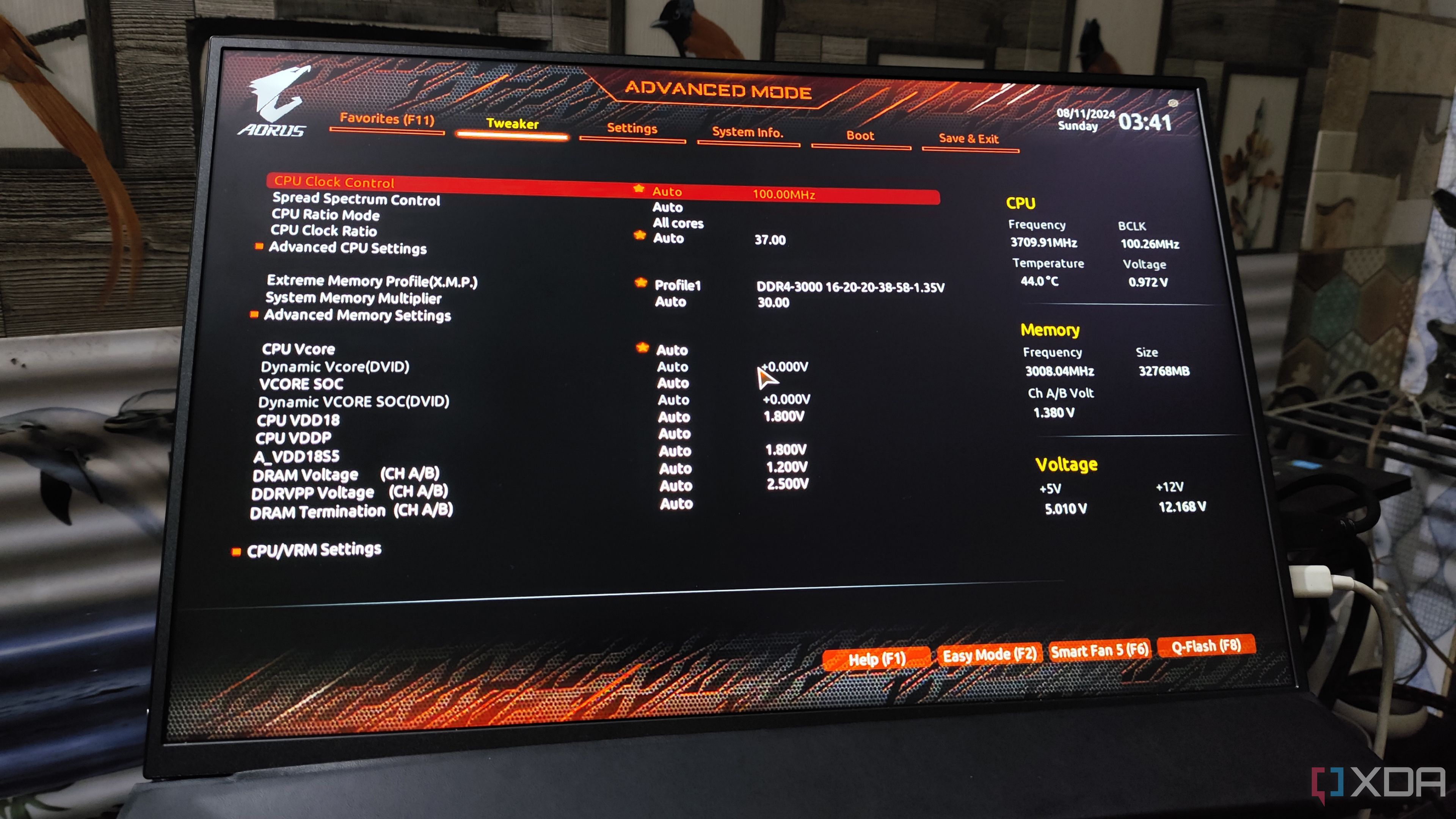
Related
4 BIOS settings every PC user should know
While you shouldn’t tweak them on a whim, here are 4 important options hidden inside your motherboard’s BIOS
5
RAM speeds and compatibility
Everything from XMP settings to new hardware compatibility can come in BIOS updates
Another important reason for keeping things updated is improving existing features. This could include adding compatibility for different PCIe devices, like adding the latest and greatest graphics cards or other add-in cards like sound cards or PCIe storage. Sometimes, it’s to fix functionality issues, as many AMD motherboards had issues with PCIe capture cards that required firmware updates for the motherboards and the capture cards to correct.
Other times, it’s to fix memory incompatibilities or modules that cannot run at their stated XMP or EXPO speeds. There are many memory modules on the market, and motherboard and CPU manufacturers can’t test all of them before launch. As issues crop up after launch, as they invariably do, BIOS updates with new microcode are issued to fix those compatibility woes.
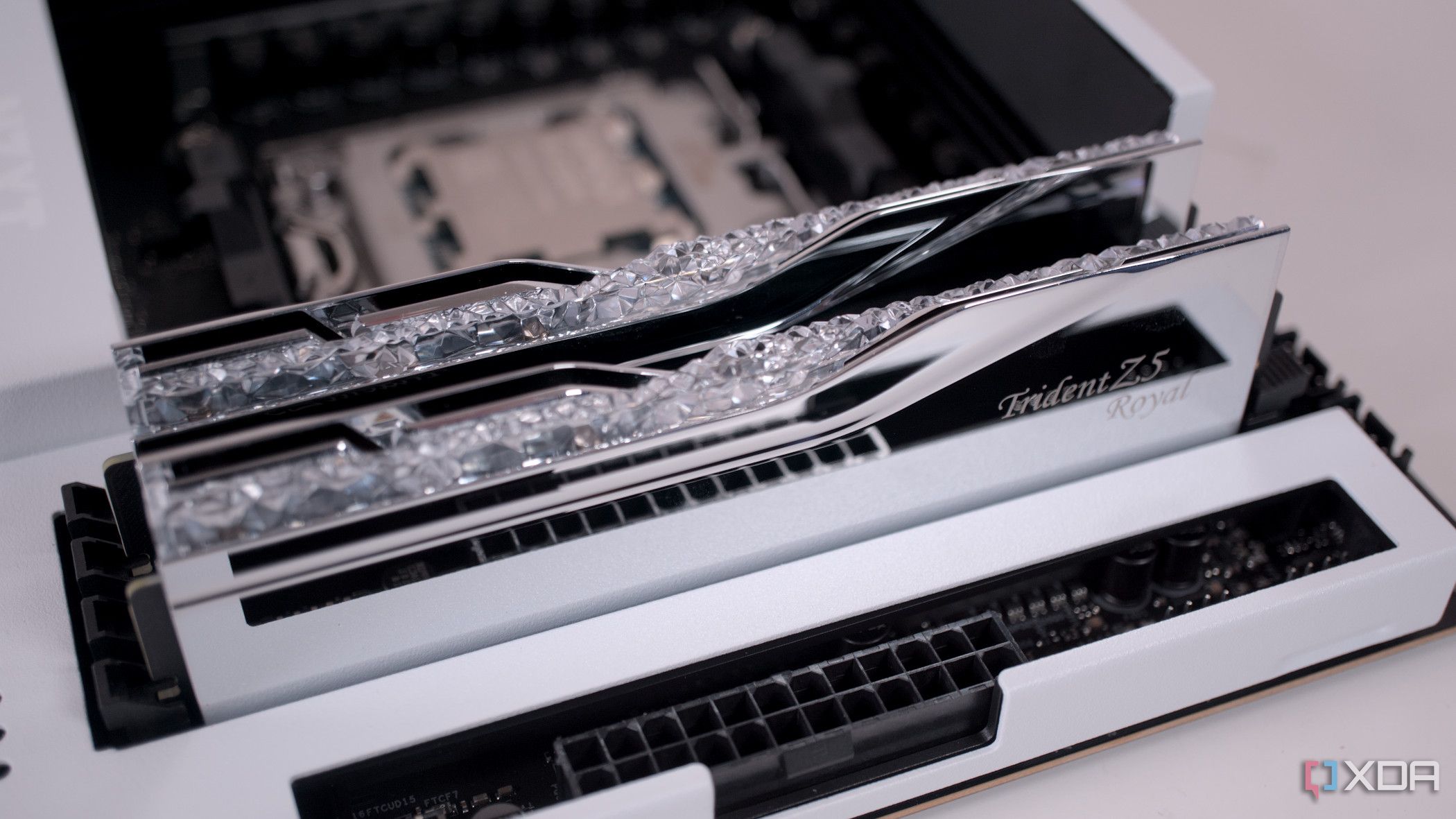
Related
If you haven’t enabled XMP in your BIOS, you’re leaving performance on the table
Your motherboard doesn’t enable XMP or EXPO by default, so make sure you enable it for peak performance
4
Bug fixes
BIOS updates fix instabilities of every magnitude
The code inside BIOSes is complex and grows more complex with each new platform or technology release. That means they often ship with bugs, some more destructive than others. By now, you’ve probably heard about how Intel’s 13th—and 14th-gen CPUs were experiencing unexpected instability, with crashing games and boot issues. The cause was determined to be a faulty microcode algorithm that pulled too much voltage through parts of the CPU. While a BIOS update has been issued to prevent damage to those CPUs, the update isn’t able to fix the affected processors.
The broken CPUs are irreparably damaged because of the BIOS bug, and those users need RMA replacements. The BIOS updates with the fixed microcode will then protect the replacement CPU, and hopefully, that will be the end of the issue. Even less-damaging bugs are worth updating your BIOS for though, and it’s good practice to check the support pages for your motherboard every so often just in case an update is issued.
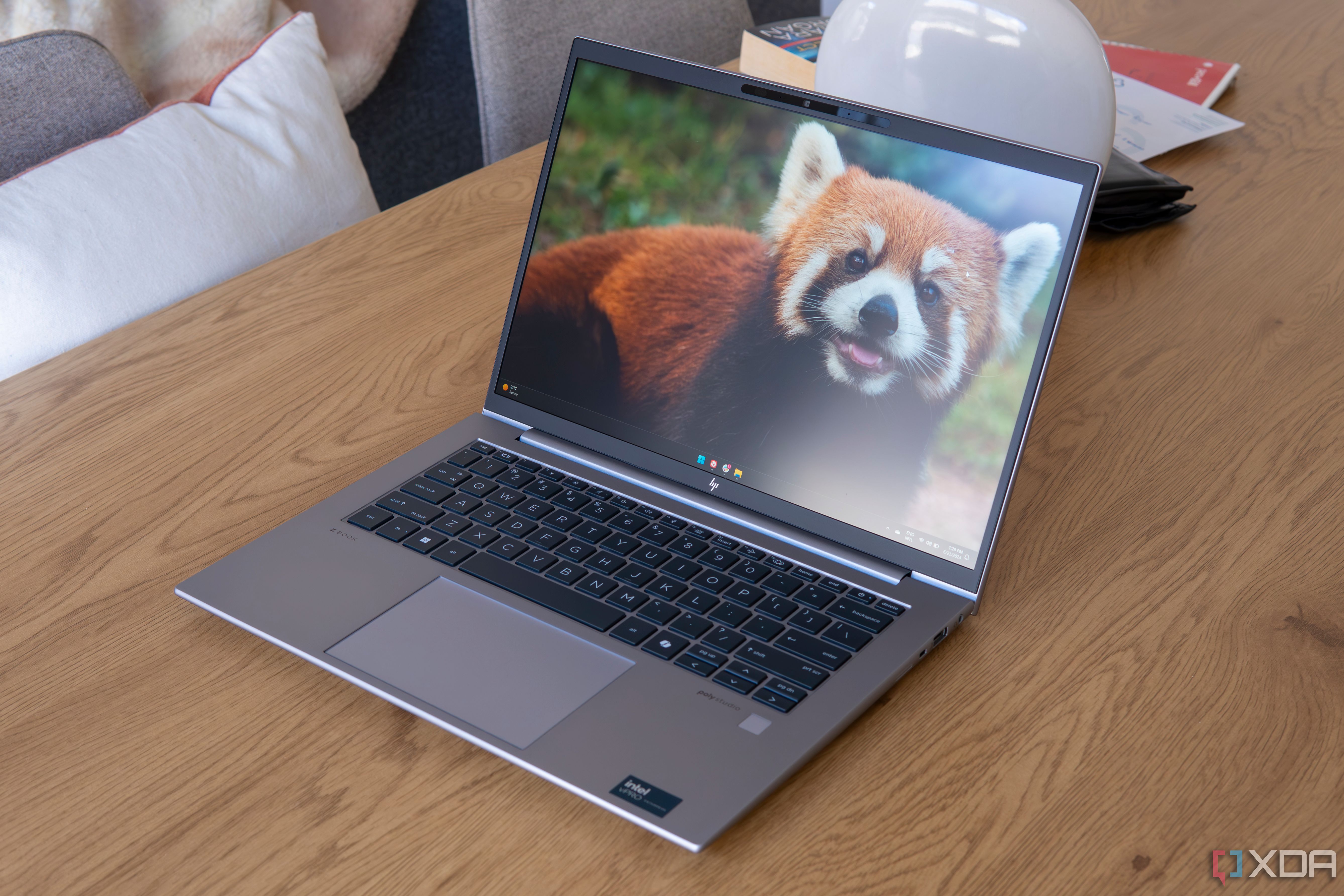
Related
You should update your BIOS, but maybe not as often as you think
How often should you update your BIOS?
3
Better performance
Arrow Lake highlights this perfectly but it’s not alone
Modern CPUs are complex pieces of circuitry, with chiplets separating functional groups of cores, E-cores and P-cores to keep track of, and plenty of different I/O options. Getting the best performance out of CPUs is an ongoing process, even for processors that launch with few issues. For those with rockier starts, it’s even more important to update to every BIOS version that’s released, because not staying updated could mean missing out on performance, or worse.
Recently, Z890 motherboards for Intel’s Arrow Lake needed a BIOS update before updating to Windows 11 24H2; otherwise, the system might crash or reboot during the update. Whether it’s a motherboard issue or a Windows one, crashing during an update can put your installation in a broken state. That might mean having to reinstall your entire operating system, losing any installed apps and programs and potentially data loss. Keeping on top of BIOS updates will guard against these type of issues, assuming you see the BIOS update before trying to run Windows Update.
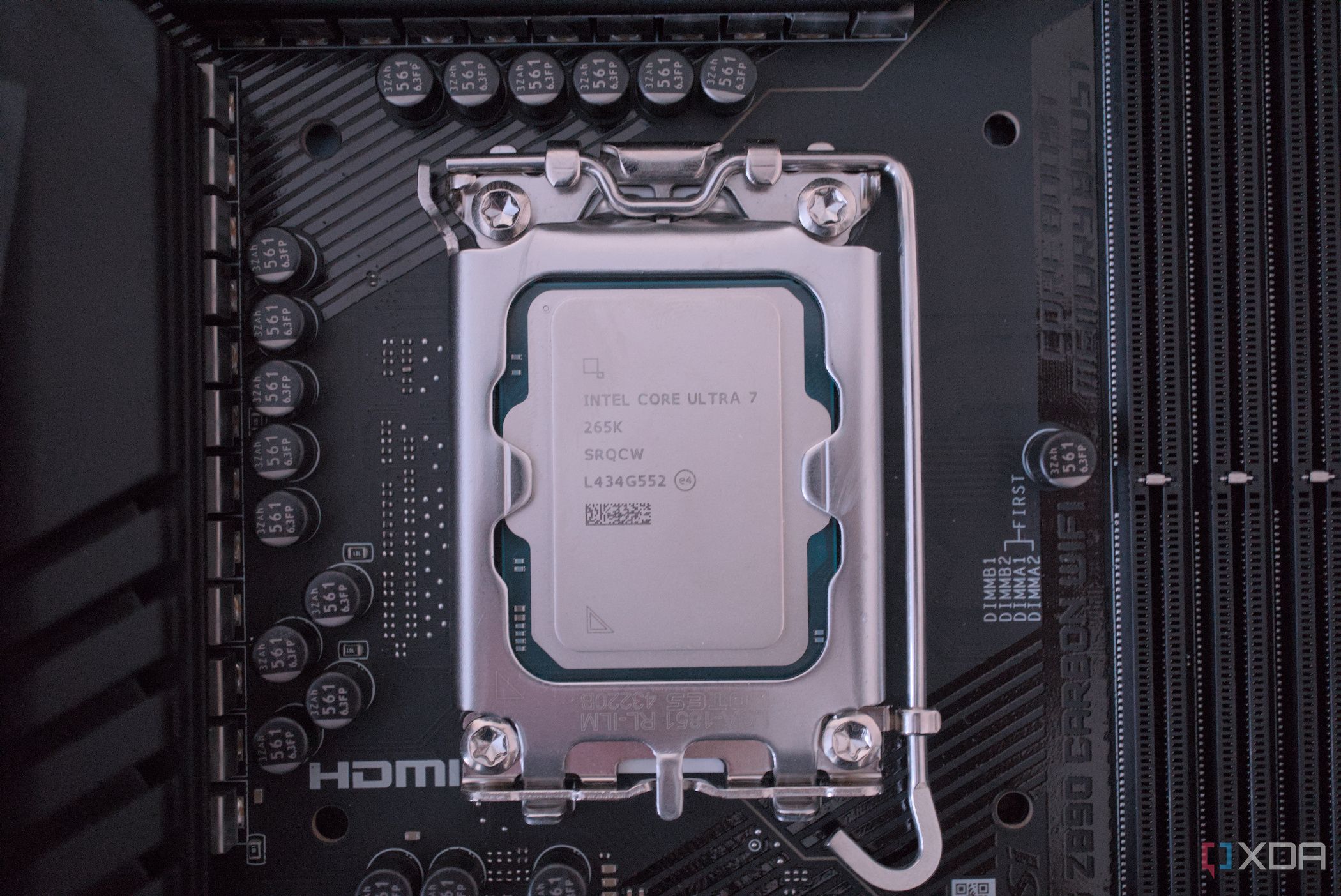
Related
Dealing with Arrow Lake issues already? 4 ways to recover performance
Arrow Lake has some funky performance quirks, but there are a few things you can do while waiting for official fixes.
2
Support for new CPUs
Some motherboard sockets support multiple generations of CPUs
When launch BIOSes for motherboards are readied, they contain support for the processors that will be released alongside them. Often, they also have support for every tier of that generation, even if only the flagship CPUs are launched first. But motherboards don’t only support one generation of CPUs. Intel tends to support two generations on each chipset, while AMD supports four generations of Ryzen on the AM4 socket, including both CPUs and APUs.
Every time a new CPU generation comes in that’s compatible with that socket, the manufacturers need to issue BIOS updates to use the new CPUs. Sometimes, that can mean you need to update your BIOS before your motherboard will see your CPU, which is why BIOS flashback is such an important feature, as it lets you update the firmware without needing any components installed.

Related
AMD Ryzen 7 9800X3D review: Why would you buy any other CPU for gaming?
Playing around with AMD’s first Zen 5 X3D gaming CPU.
1
Security fixes
Nobody likes an insecure PC
Security flaws in modern computing hardware are everywhere, and BIOS updates are an important tool in closing those holes. The biggest hardware-based vulnerabilities of recent years were Meltdown and Spectre, which harnessed issues in most modern processors to allow an attacker to read supposedly secure data. To mitigate the issues, both firmware and software fixes were designed and rolled out, including updates to Windows, Linux, macOS, and BIOS updates for motherboards.
But that’s far from the only security issue for which BIOS updates have been issued, and they certainly won’t be the last. Keeping your software and firmware updated is one of the best ways to keep your computer safe.
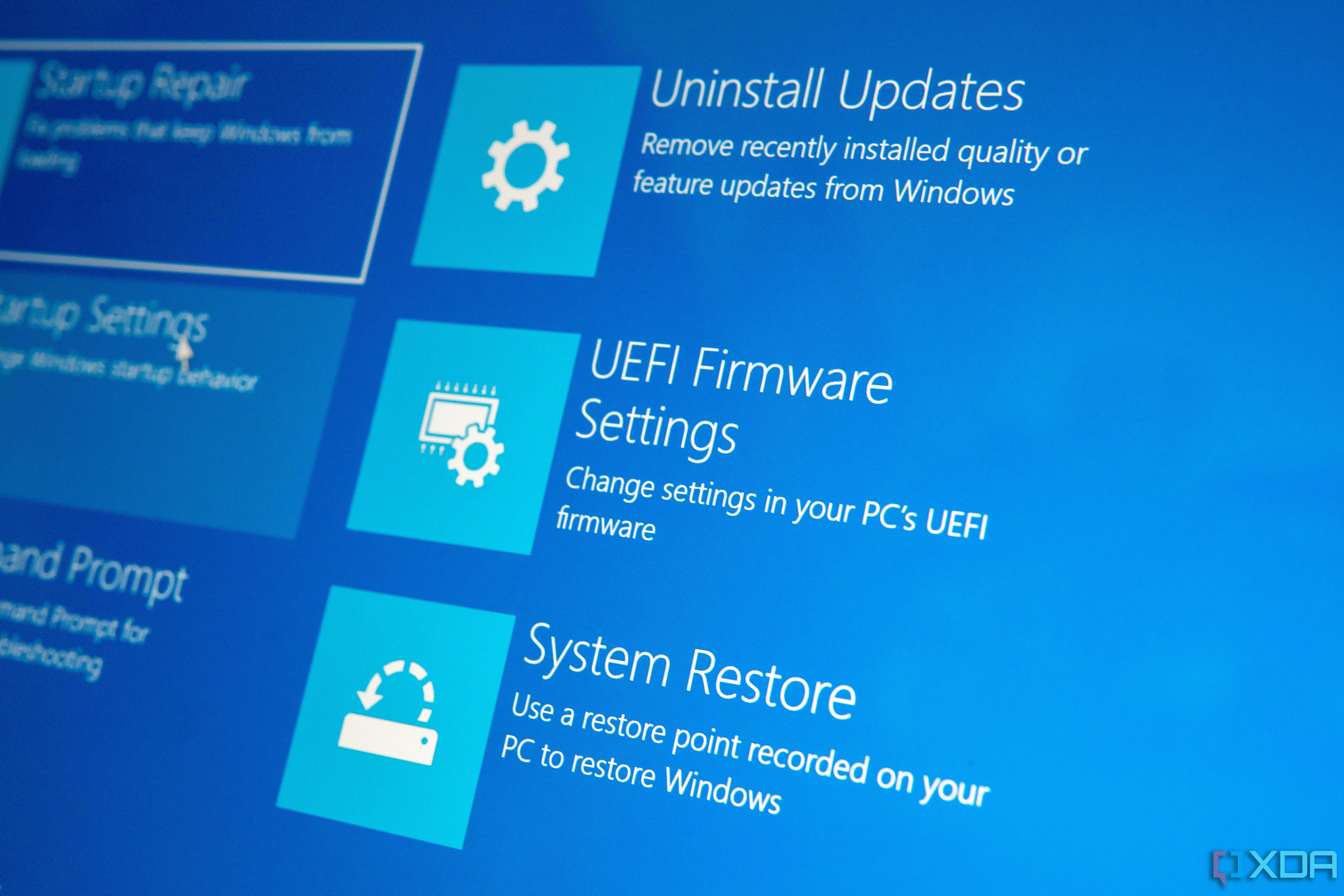
Related
Change these 3 BIOS security settings to make your PC more secure
Modern computers are already pretty secure, but a few BIOS changes will add extra protection
If you don’t keep your BIOS up to date, you’re leaving valuable performance on the table
Modern computers are wonderful, but they require maintenance to ensure peak performance. One task is keeping the BIOS or UEFI up to date, which is always a manual process that requires user input to start. Those updates could bring new features that would benefit your experience, improve performance and compatibility, or enable the use of new CPUs or GPUs.


